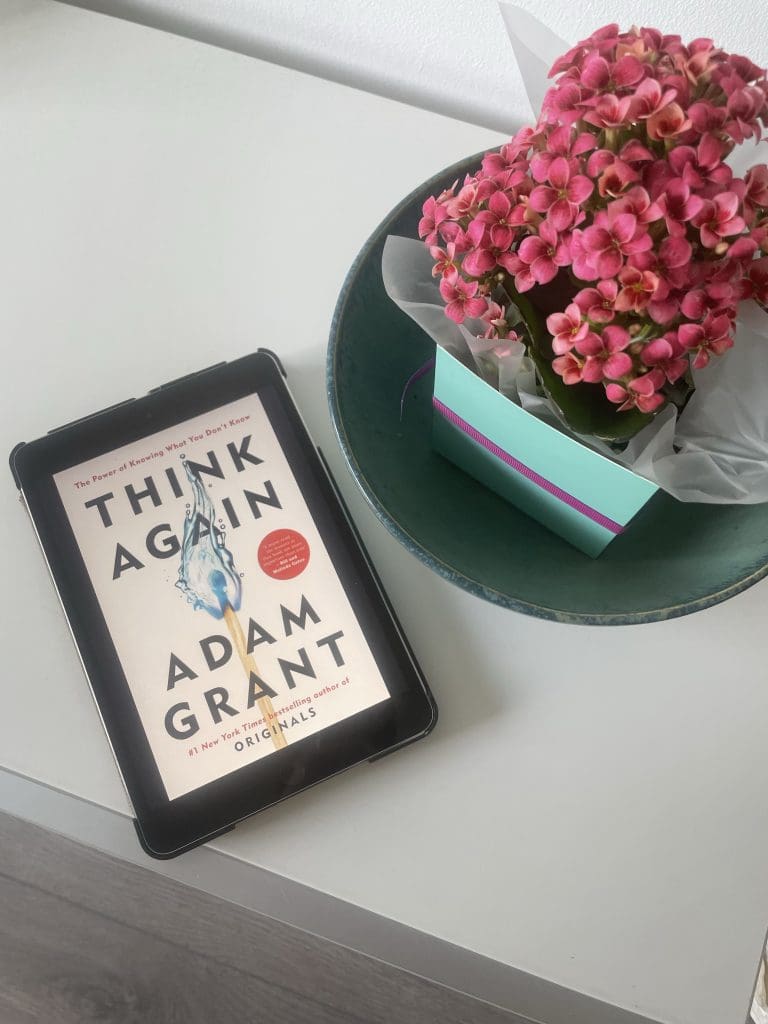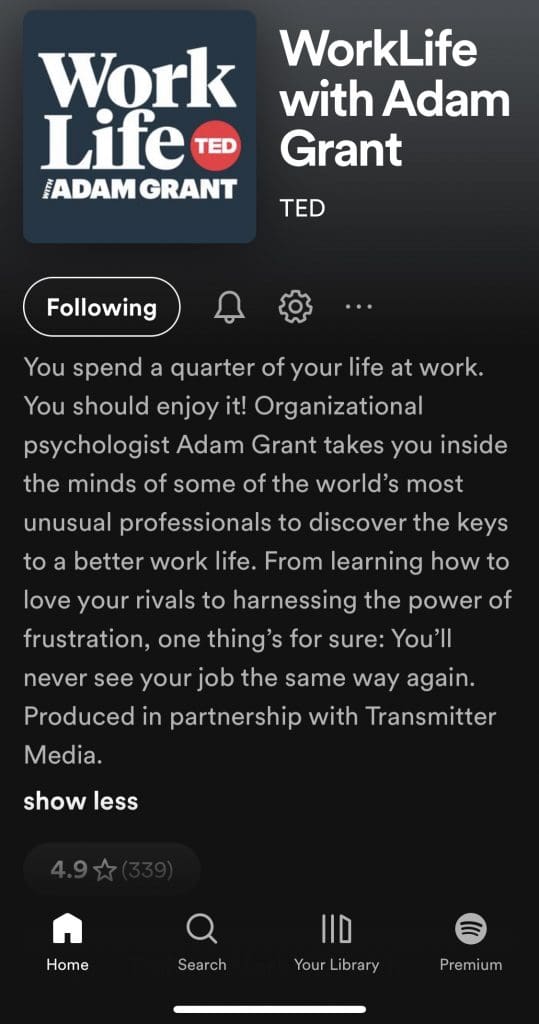I’d heard Adam Grant talking on his podcast and liked what he had to say, so I picked up the book with excitement.

The simple tenet of the book is that rethinking our plans, answers and decisions is a good thing and a fixed mindset closes us to opportunities and potentially better alternatives.
My enduring feeling having read the book is discomfort. Not because I don’t like what Adam says, but because, through a smile and gritted teeth, I agree with most of his ideas, opinions and perspectives. The problem is, he made me question the decisions I’ve made in work over the years and my modus operandi in the day-to-day
Adam talks about the Dunning Kruger effect, which is something I’d come across during my doctoral research. I was a little starstruck that not only was this something Adam thought fit to write about, but he actually knew these scholars! The Dunning Kruger effect basically describes the phenomenon where people who think they’re highly capable are usually quite the opposite. Check out pg 38
“According to what’s known as the Dunning-Kruger effecti, it’s when we lack competence that we’re most likely to be brimming with overconfidence.
In the original Dunning-Kruger studies, people who scored the lowest on tests of logical reasoning, grammar, and sense of humor had the most inflated opinions of their skills”
I liked his description of how to deal with an argument and hostility. Instead of going head to head, you can rethink your position and sidestep. What a great way of viewing confrontation: a dance, where you can choose to parry, thrust or tango. You can step out of the discussion and talk about the discussion. By talking about the discussion instead of being in the discussion, it gives both parties the opportunity to gain perspective, and change perspective if they so choose.
Adam also talks about complexifying a problem. When two parties are at opposite ends of the pole, setting out the complexities of the particular issue can help parties recognise that this either/or argument about which they’ve been at odds actually has a number of other arms – more like the spokes of a wheel, if you will. It helps to diffuse this idea of ‘my way or the highway’ and helps people rethink, reach agreement on some elements and compromise on others.

My main take home from the book is this idea that it’s good to question our own decisions. Adam gives lots of data and examples of where this has paid dividends and consistently yielded better results. If one day we’ve said something is red and tomorrow we’ve reflected on the data, rethought it and tomorrow say it’s pink, that’s ok.
One thing I’ve held on to over the years is my consistency of opinion. There are many occasions where colleagues have asked me something or other about an issue from a few days ago and I’ve found myself with no memory of it (at least not in the way they describe), and I’ve given them the same answer twice. I’ve always thought, phew!… what I lack in instant recall I make up for in consistency. But if you read Think Again, flexibility is valued over consistency. Getting it right is valued over getting it to match.
Henceforth I shall take a new approach and consider that a change of direction from north to north west is not about having gotten it wrong the first time, but about thinking again and coming up with a better idea. As Maya Angelou said, ‘Do the best you can until you know better. Then when you know better, do better.’
Good book. If you want to step out of your comfort zone and learn something about yourself and others, this book is worth a read. It felt like a long read, but the fact I read the whole thing in Adam’s voice may have had something to do with it (the joy of podcasts)!


